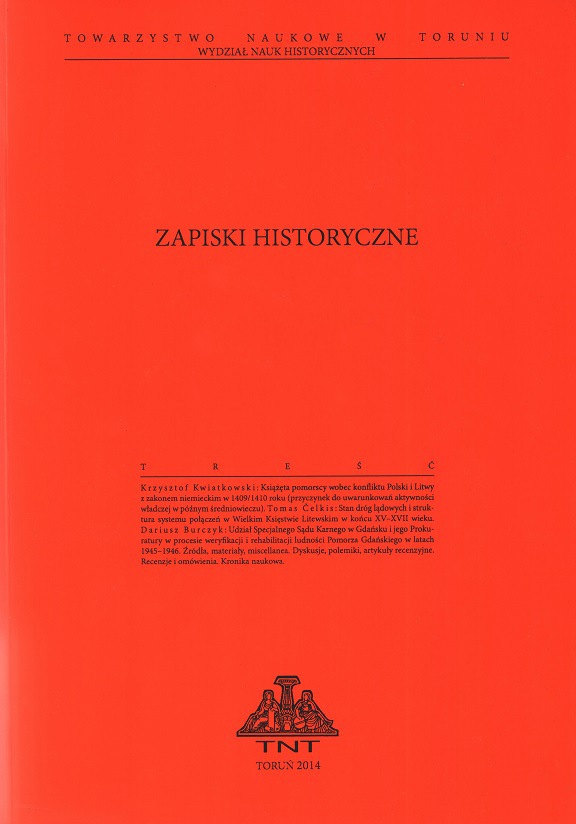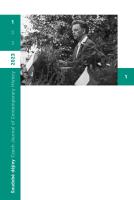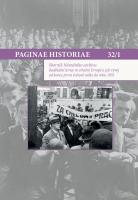Author(s): Vladimir Geiger / Language(s): Croatian
Issue: 2/2020
The most controversial and unresolved issue of human losses of Croatia and Yugoslavia in World War II is the number of victims of the Jasenovac camp. Lists of victims and estimates and calculations by historians and demographers often diverge widely on this point, ranging from minimisation to impossible megalomaniac claims, and are strongly linked to (daily) politics. Especially after the disintegration of the Socialist Federal Republic of Yugoslavia, the issue of the number of victims of the Jasenovac camp began to be interpreted differently from the until then only permitted one-sided and ‘megalomaniac’ approach. Democratic changes, but also rising nationalist sentiment during the Yugoslav Wars of the 1990s, led to studies on the human losses of Yugoslavia in World War II, and the unavoidable issue of the number and structure of Jasenovac camp victims, having a distinct ideological-propaganda background in Croatian and Serbian historiography, opinion journalism, and public discourse. Serb nationalists vastly inflate the number of Jasenovac camp victims, most of all Serbs, while Croat nationalists strive to minimise this number. The issue of the number and structure of Jasenovac victims is heavily nationally, ideologically, and emotionally charged, which greatly hinders evaluation. Proponents of both left and right worldviews in Croatia and Serbia continue to ignore and belittle any research and facts that do not support their favoured image of the past. Furthermore, they devaluate proven facts and present typical justifications. Inflation or reduction, omission, often coupled with ignorance, stem from personal, national, or political motives. It is noticeable that both Croatian and Serbian media, for the most part, transmit such efforts. The Jasenovac camp and the number and structure of its victims continue to be popular discussion topics in Croatian and Serbian historiography and opinion journalism, which have stratified into the left and right within national frameworks since the early 1990s, and in Croatian and Serbian public discourse; very different, sometimes diametrically opposed statements and claims are made, often without basis in fact. Facts about the Jasenovac camp have been contaminated from the start, and we are still witnessing contamination from various sources, with no end in sight. Despite all the efforts of a part of Croatian and Serbian historiography, and some opinion journalism, no major progress has been made from the early 1990s until today regarding the research and aggregation of knowledge and new data on the number and structure of Jasenovac camp victims; our level of knowledge in this regard has remained more-or-less the same as in the pre-1990 period. There is no doubt that historiography, Croatian and Serbian, has yet to present substantiated answers about the number and structure of Jasenovac victims. This article presents and questions the most significant Croatian and Serbian historiographical and opinion journalism works – as well as the unavoidable echoes of the topic of Jasenovac victims in public discourse – that question the number and structure of the victims, including those that offer substantiated facts, but also some illustrative examples of indisputable ignorance and manipulation.
More...


















